Monday, 15. April 2024
You don’t want to use the metro in Boston. It’s a scary underground space. Dimly lit, dirty, rubbish everywhere on the rails and on the platform, it smells of urine. The overhead construction is not intact, the narrow lift does not seem trustworthy. No security to be seen. Once you’ve made it through the derelict and deserted corridors, there are many people waiting on the platform. Not necessarily people with money. Public transport is obviously not highly prioritized in the US. The design – or failure to invest in the design of the Boston metro – makes the space a very unpleasant experience.
Why does this matter? Because space has a huge influence on how people feel, think, behave, and interact. It sets the stage for what is going to happen. It gives us an expectation of what rules apply.
A meeting room transports the culture of the business. A classroom may remind people of the bad experiences they had in their teenage years. A convention center with tribunal-like rows of chairs creates a confrontational setting, which changes immediately if you reduce the angle between the rows or arrange the chairs in a semi-circle.
However, space, when it is appropriately designed, can encourage trust, openness, creativity, collaboration, or feeling safe, also. Therefore, as a facilitator, I always try to pick rooms that have some of these qualities:
- They are inviting.
- They have a lot of natural light and enough space.
- The furniture can be re-arranged or re-grouped.
Generally, I do what a good host would do: try to make the participants feel welcome. It's easy. For a team workshop, I visualize what will happen in the room, I provide nice stationary, e.g. colourful stickies, sharpies, as well as drinks and fruit or other snacks. It works.


